Kode Icd 10 Spondylosis
M47.896 - ICD 10 Code for Other spondylosis, lumbar region - Billable

- arthrosis or osteoarthritis of spine
- degeneration of facet joints
-
-
- M47.011 Anterior spinal artery compression syndromes, occipito-atlanto-axial region
- M47.012 Anterior spinal artery compression syndromes, cervical region
- M47.013 Anterior spinal artery compression syndromes, cervicothoracic region
- M47.014 Anterior spinal artery compression syndromes, thoracic region
- M47.015 Anterior spinal artery compression syndromes, thoracolumbar region
- M47.016 Anterior spinal artery compression syndromes, lumbar region
- M47.019 Anterior spinal artery compression syndromes, site unspecified
-
-
- Spondylogenic compression of spinal cord
-
-
- M47.811 Spondylosis without myelopathy or radiculopathy, occipito-atlanto-axial region
- M47.812 Spondylosis without myelopathy or radiculopathy, cervical region
- M47.813 Spondylosis without myelopathy or radiculopathy, cervicothoracic region
- M47.814 Spondylosis without myelopathy or radiculopathy, thoracic region
- M47.815 Spondylosis without myelopathy or radiculopathy, thoracolumbar region
- M47.816 Spondylosis without myelopathy or radiculopathy, lumbar region
- M47.817 Spondylosis without myelopathy or radiculopathy, lumbosacral region
- M47.818 Spondylosis without myelopathy or radiculopathy, sacral and sacrococcygeal region
- M47.819 Spondylosis without myelopathy or radiculopathy, site unspecified
-
- M47.891 Other spondylosis, occipito-atlanto-axial region
- M47.892 Other spondylosis, cervical region
- M47.893 Other spondylosis, cervicothoracic region
- M47.894 Other spondylosis, thoracic region
- M47.895 Other spondylosis, thoracolumbar region
- M47.896 Other spondylosis, lumbar region
- M47.897 Other spondylosis, lumbosacral region
- M47.898 Other spondylosis, sacral and sacrococcygeal region
- M47.899 Other spondylosis, site unspecified
-
Page 2
- Use for Osteoporosis, Osteoarthritis, and other osteopathies, joint disorders, and other disorders of the musculoskeletal system and connective tissue.
-
- Acute gout
- Gout attack
- Gout flare
- Podagra
-
- Rheumatoid arthritis of spine
-
Note: code to the most superior level of disorder
-
Note: This category should not be used if the condition can be classified elsewhere.
This note further define, or give examples of, the content of the code or category.
List of terms is included under some codes. These terms are the conditions for which that code is to be used. The terms may be synonyms of the code title, or, in the case of “other specified” codes, the terms are a list of the various conditions assigned to that code. The inclusion terms are not necessarily exhaustive. Additional terms found only in the Alphabetic Index may also be assigned to a code.
Certain conditions have both an underlying etiology and multiple body system manifestations due to the underlying etiology. For such conditions, the ICD-10-CM has a coding convention that requires the underlying condition be sequenced first, if applicable, followed by the manifestation. Wherever such a combination exists, there is a “use additional code” note at the etiology code, and a “code first” note at the manifestation code. These instructional notes indicate the proper sequencing order of the codes, etiology followed by manifestation.
A type 1 Excludes note is a pure excludes. It means 'NOT CODED HERE!' An Excludes1 note indicates that the code excluded should never be used at the same time as the code above the Excludes1 note. An Excludes1 is used when two conditions cannot occur together, such as a congenital form versus an acquired form of the same condition.
A type 2 Excludes note represents 'Not included here'. An Excludes2 note indicates that the condition excluded is not part of the condition it is excluded from but a patient may have both conditions at the same time. When an Excludes2 note appears under a code it is acceptable to use both the code and the excluded code together.
A “code also” note instructs that two codes may be required to fully describe a condition, but this note does not provide sequencing direction. The sequencing depends on the circumstances of the encounter.
Certain conditions have both an underlying etiology and multiple body system manifestations due to the underlying etiology. For such conditions, the ICD-10-CM has a coding convention that requires the underlying condition be sequenced first, if applicable, followed by the manifestation. Wherever such a combination exists, there is a “use additional code” note at the etiology code, and a “code first” note at the manifestation code. These instructional notes indicate the proper sequencing order of the codes, etiology followed by manifestation.
Gallery Kode Icd 10 Spondylosis
 Documentation And Coding For Intervertebral Disc Problems
Documentation And Coding For Intervertebral Disc Problems
 Osteoarthritis Icd 10 Learn The Ins And Outs Of Reporting
Osteoarthritis Icd 10 Learn The Ins And Outs Of Reporting
 Icd 10 Final Rule Released Illinois Chiropractic Society
Icd 10 Final Rule Released Illinois Chiropractic Society
 Icd 10 Is Here To Stay So Get On Board American Society
Icd 10 Is Here To Stay So Get On Board American Society
 Medical Coding Practice Midnight Medical Coding
Medical Coding Practice Midnight Medical Coding
 Icd 9 Codes For Search Algorithm Download Table
Icd 9 Codes For Search Algorithm Download Table
 Icd 10 Boot Camp On Behalf Of Oklahoma Chiropractors
Icd 10 Boot Camp On Behalf Of Oklahoma Chiropractors
 Spondylosis The Most Confusing Spine Condition Explained
Spondylosis The Most Confusing Spine Condition Explained
 Spondylosis Without Myelopathy Or Radiculopathy Cervical
Spondylosis Without Myelopathy Or Radiculopathy Cervical
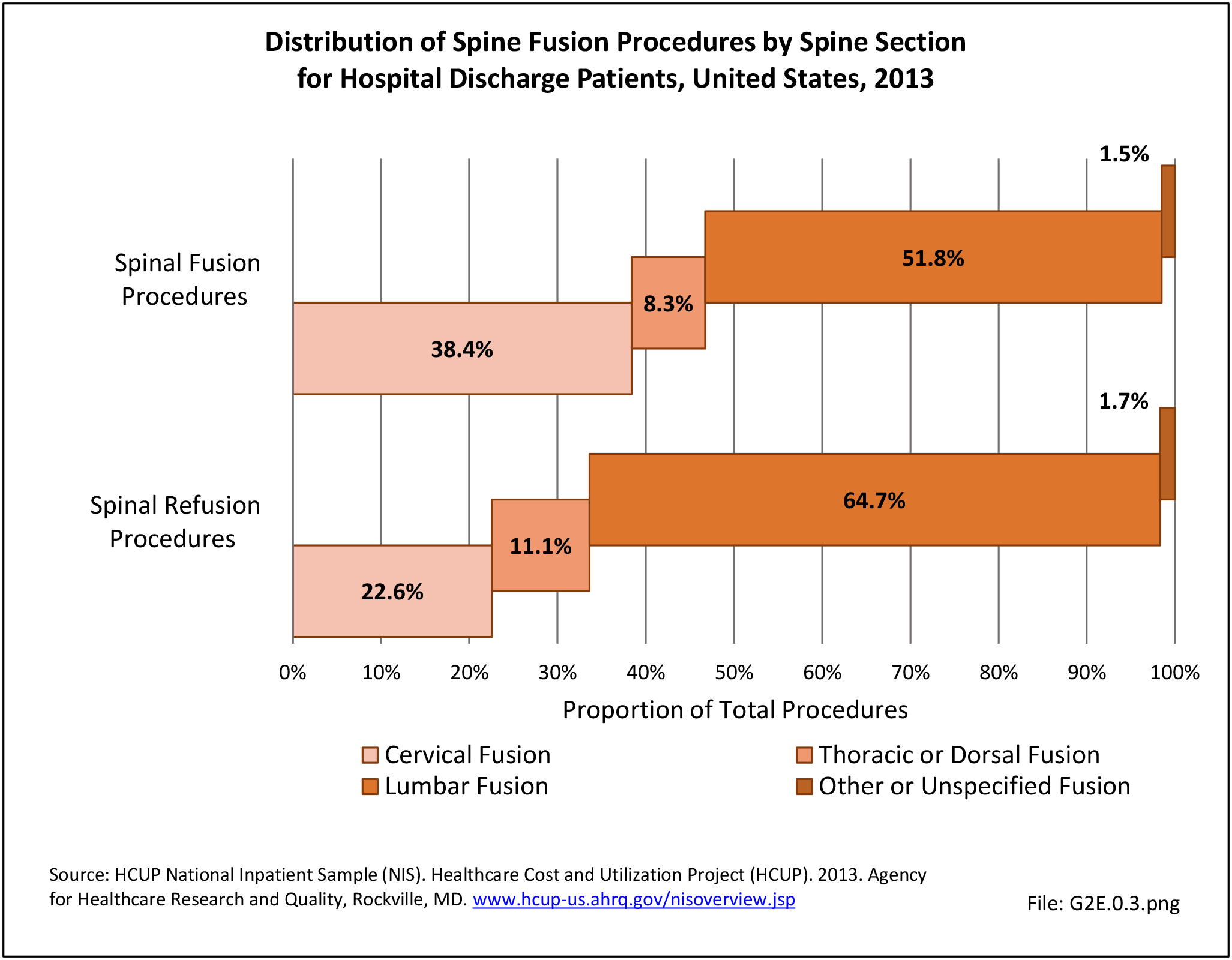 Icd 9 Cm Codes For Back Pain Bmus The Burden Of
Icd 9 Cm Codes For Back Pain Bmus The Burden Of
 Icd 10 Training For Pain Management
Icd 10 Training For Pain Management
 Icd10 Coding Guidelines Chapter 1 Coding Guidelines Part 1
Icd10 Coding Guidelines Chapter 1 Coding Guidelines Part 1
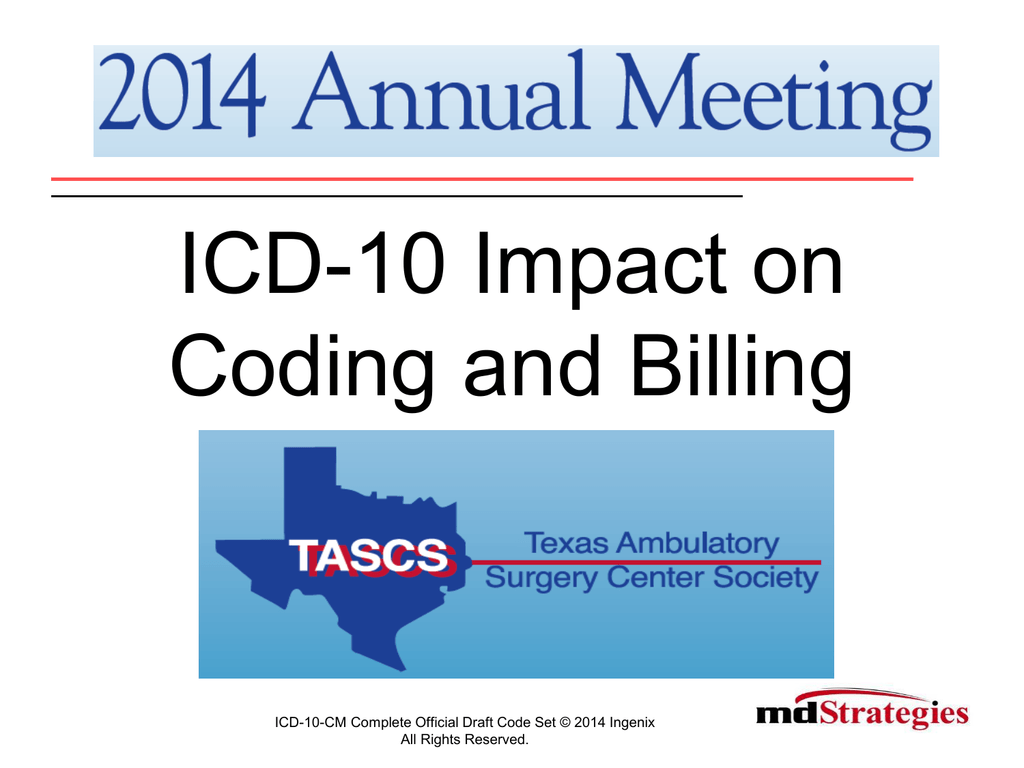 Icd 10 Texas Ambulatory Surgery Center Society
Icd 10 Texas Ambulatory Surgery Center Society
Icd 10 Codes For Physical Medicine And Pain Management The
 Coding Clinic For Icd 10 Cm Pcs Continuing The Correct Icd
Coding Clinic For Icd 10 Cm Pcs Continuing The Correct Icd
 Pdf Necessity And Implications Of Icd 10 Facts And
Pdf Necessity And Implications Of Icd 10 Facts And
Relationship Between Dementia And Ankylosing Spondylitis A
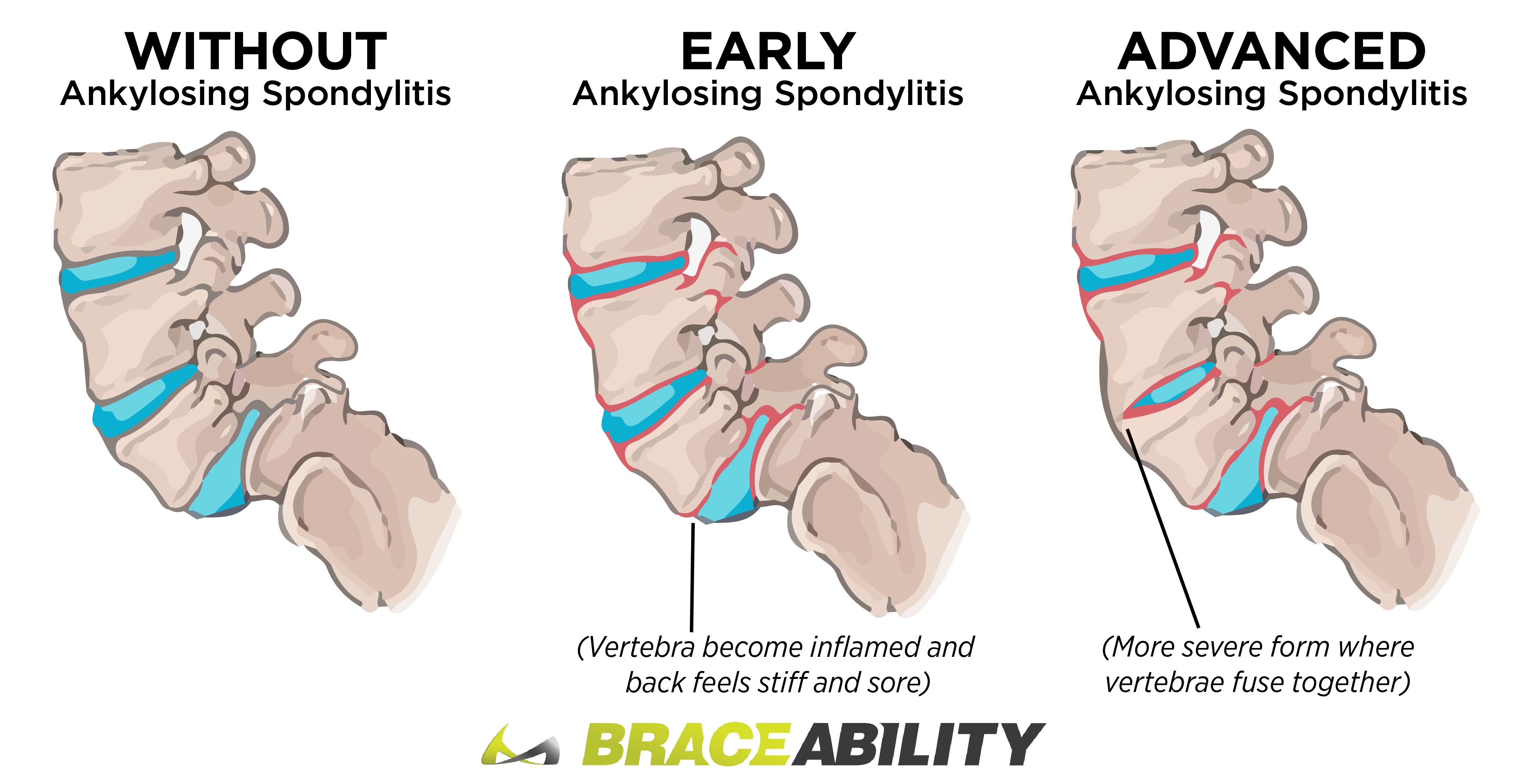 Spondylosis The Most Confusing Spine Condition Explained
Spondylosis The Most Confusing Spine Condition Explained
 Icd 10 International Statistical Classification Of Diseases
Icd 10 International Statistical Classification Of Diseases
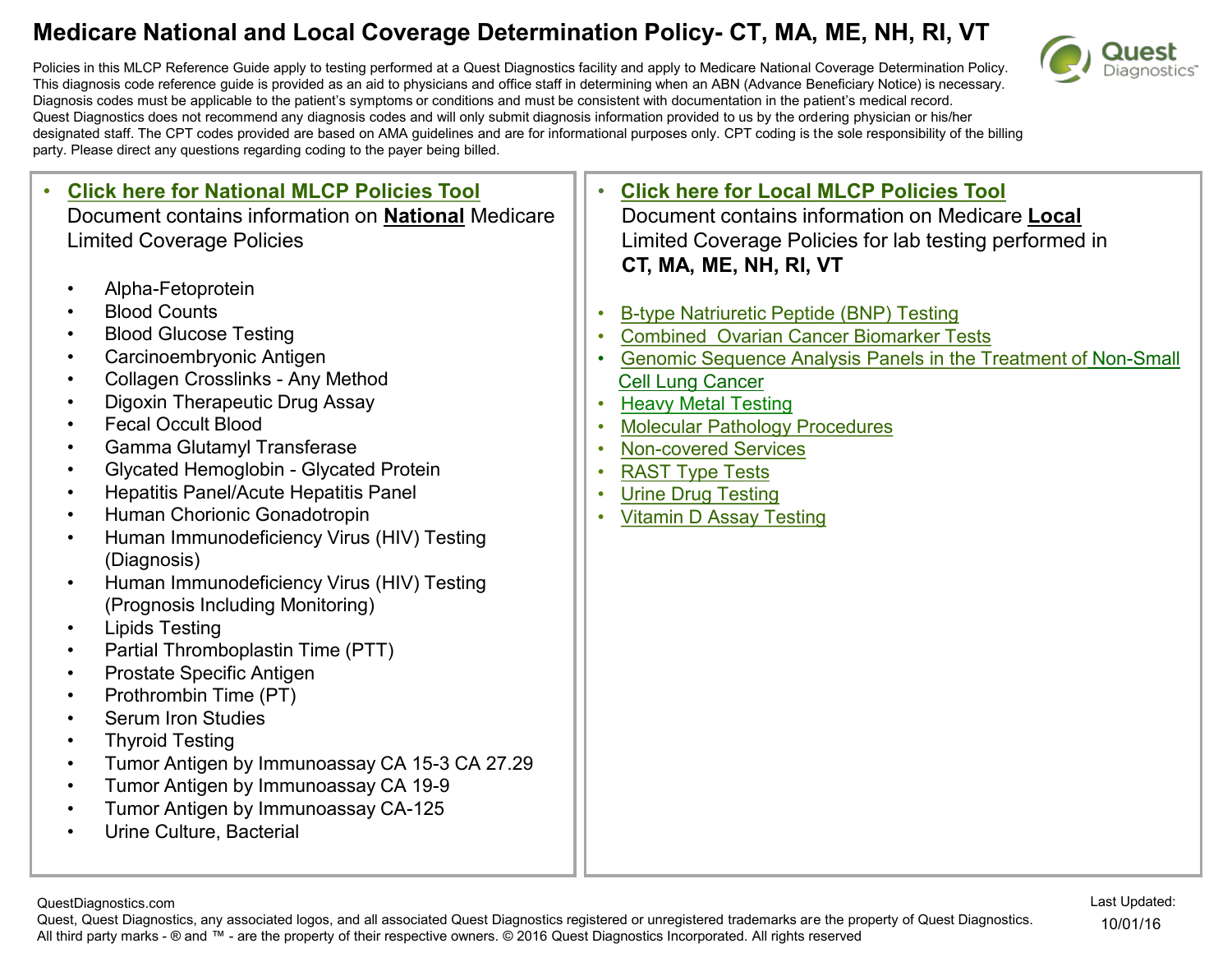

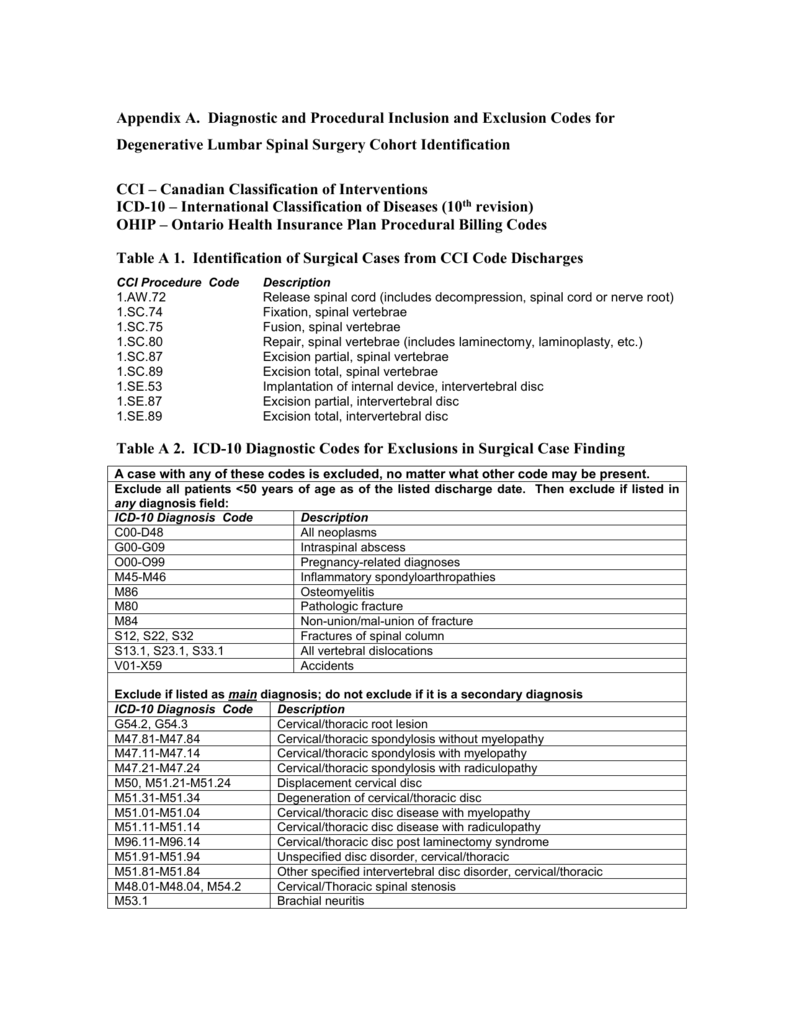
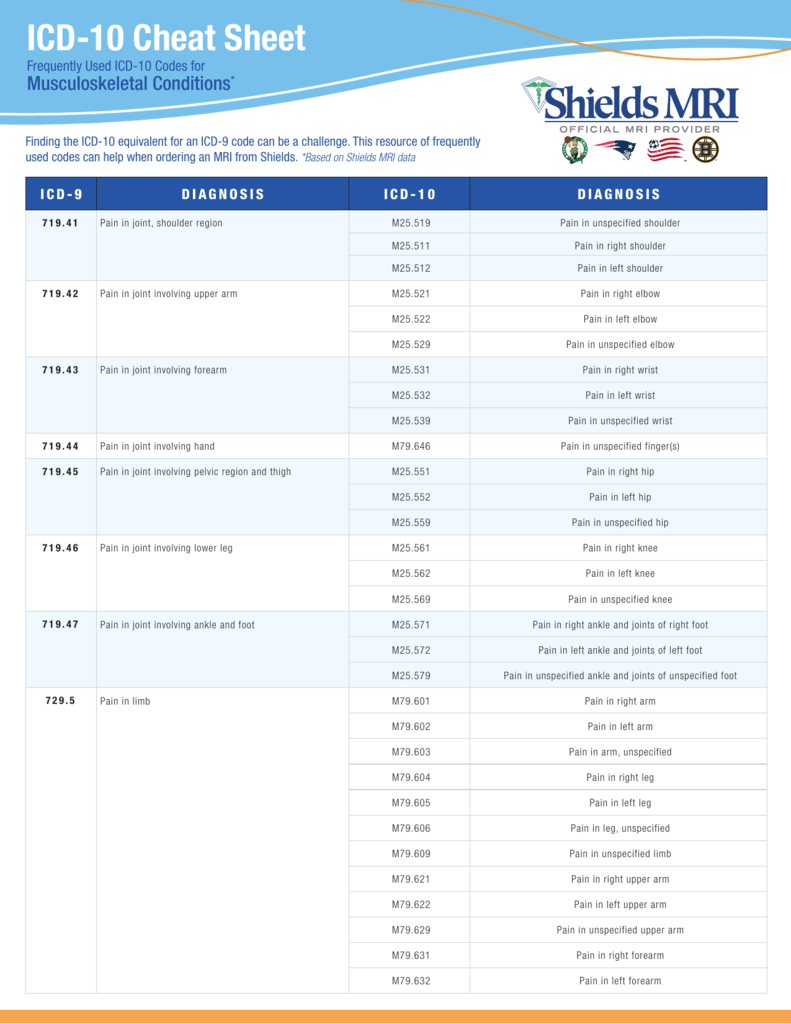
0 Response to "Kode Icd 10 Spondylosis"
Post a Comment